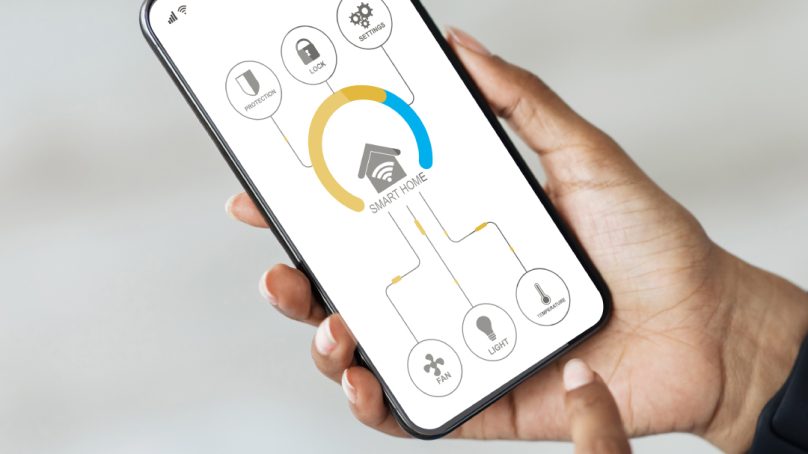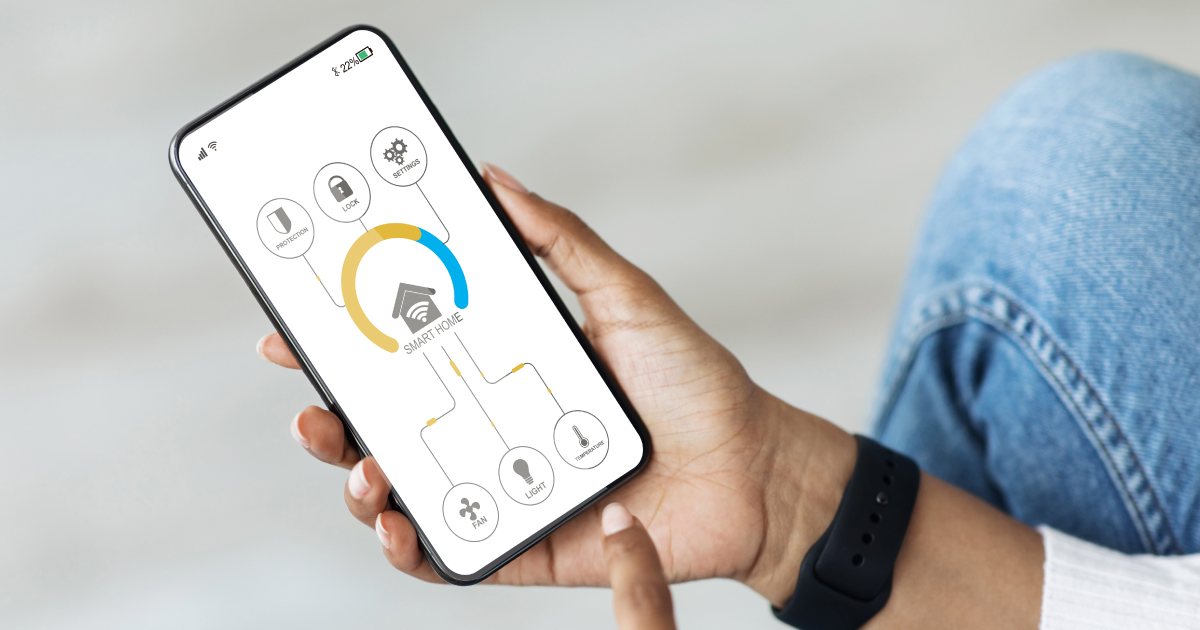

When we say “robotics,” we automatically think of physical robots. However, robots can also be software based, such as AI chatbots and in-room voice assistants.
Although robotics and automation have come a long way in the past few years, we are still a long way away from mass adoption. Even with the recent unveiling of Optimus, Tesla’s advanced robot that operates without a tether, the hospitality industry has not seen much more than a few ideas in the robotics space.
Must-have robotics and automation in hospitality
Firstly, we need to be clear on the definitions of “robotics” and “automation,” as there are different interpretations. As far as I am concerned, the current hot topic is robotic process automation (RPA). Uipath defines it as a software technology that makes it easy to build, deploy and manage software robots that emulate human actions, interacting with digital systems and software. In the case of hospitality, rather than hotel staff repeatedly entering information into spreadsheets, RPA software would “learn” this manual process and do it automatically without the need for human intervention. Revenue management teams could be reduced to a few key decision makers. This is a tangible example of how hotels could take the first step into automation, which is significantly more impactful than a robot delivering your toothbrush.
I believe we are approaching robotics from entirely the wrong direction. The biggest impact can be made where we have repetitive, mundane and boring tasks that humans have to do on a daily basis. Think about folding napkins, polishing cutlery and peeling vegetables; robots moving dirty laundry around would be superb. Heavy and back-breaking activities that no one really enjoys could be automated. For me, this is the real starting point.
However, logic dictates that the availability and cost of such robots is fundamental. It would be extremely difficult to justify purchasing robots for a few hundred thousand dollars in an area where cheap labor is readily available. We must also bear in mind the possibility of things going wrong and the robots requiring maintenance and servicing.
Hotels using robotics and automation
The most publicized example of a hotel with robots was the Henn na Hotel in Nagasaki, Japan. Check-in was performed by dinosaurs, while facial recognition elevators led guests to their room. However, the hotel faced major issues with its decision to use robots instead of humans. Firstly, dinosaurs were unable to scan passports, a requirement in Japan. Voice-activated concierges misunderstood around 50 percent of questions and luggage robots got stuck in the snow. As a result, the hotel “fired” more than halfa result, the hotel “fired” more than half of its robotic workforce, returning to a more traditional way of working. Indeed, the experience failed to reduce costs or employee workload. Other brands have also embarked on the robotic journey. Hilton has “Pepper,” its robot concierge, while Aloft has “Butlr.” Yet there is little evidence to show that the industry in general is following a robotic path.
Trends and things to watch
Teething problems aside, automation is getting better, more accurate and cheaper, just like all technology trends. But for hotels to accept and implement more of it, some major shifts are required One of the main trends is the
aforementioned RPA, which is likely to be most prevalent. Collaborative robots could be another interesting area of use in years to come. Also known as “cohorts,” individual robots work with humans to complete tasks. In the case of hospitality, cohorts can be used in housekeeping, where robots do the heavy lifting. Similarly, this scenario could be effective in banqueting, as humans and robots work together to move heavy tables and chairs, while humans set the tables. This combination of human and robotic elements is certainly worth keeping an eye on, especially in markets that have high HR costs.

Senior lecturer and manager of the Institute of Business Creativity (IBC)
Ecole hôtelière de Lausanne
ehl.edu













